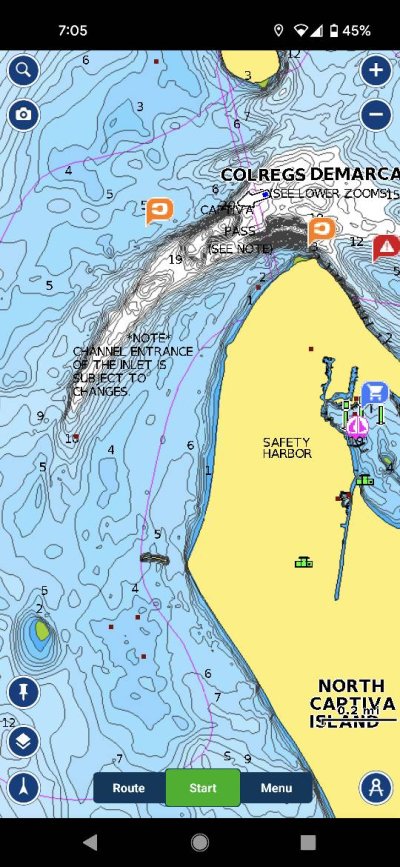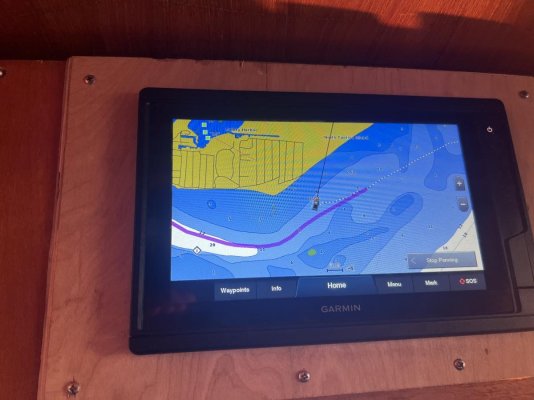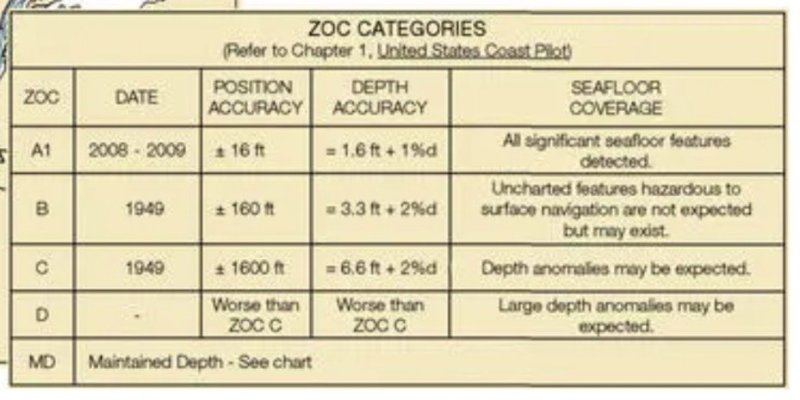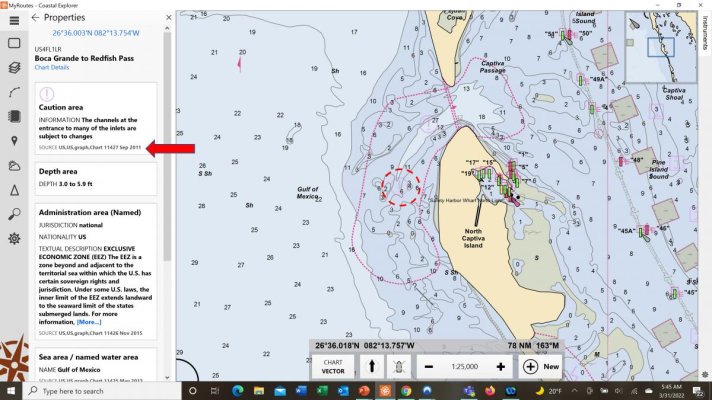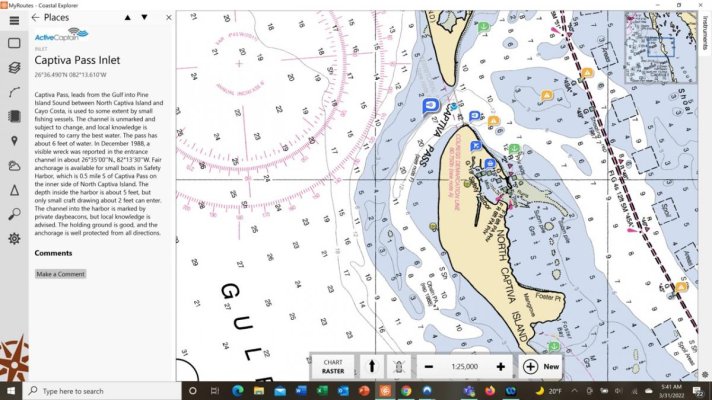I am not being critical nor am I attempting to make a federal case out of this but there are a few things about the above story that don't make sense to me. The Dry Tortugas are well South of Cayo Costa and while I've not made that voyage, The two routes that seem most likely would involve entering Pine Island Sound at its southern end near Sanibel or staying outside and entering Charlotte Harbor thru the lager and well marked Boca Grande Pass, not thru Captiva Pass. If the vessel was making for Captiva Pass from the south, why was the "track" on the plotter showing a southerly heading? The grounding occurred about a mile south of Captiva Pass.
I too am glad all survived without injury but am confused with the above.
Capt. Andy, thanks to you and Teddy for sharing your experience, and I echo all the good wishes for rebounding. Have to say, again wishing only to learn, rather than to criticize, I must also echo bnoft's puzzlement. I have made the trip direct from the Tortugas to Charlotte Harbor. The first time, all I had for electronics was a fathometer, VHF and a portable RayJeff RDF. Arriving near Boca Grande Pass at dusk, I opted to anchor for the night off the west shoreline of Cayo Costa, and enter Charlotte Harbor the next morning. Modern nav technology has emboldened me, and since that trip I have picked my way into Boca Grande after dark without incident. But it would never occur to me to attempt unmarked, local-knowledge only Captiva Pass, even in daylight. Your chartplotter image does seem to represent Good Swan's course at the place of grounding as having been outbound from Captiva Pass, rather than arriving from the south. No?
Unrelated question: it seems the first towboat captain on scene made matters worse. I have to wonder whether that assistance provider has any liability for the damage that occurred after they put a line on and started pulling.
In any case, very sorry for your bad experience. Here's wishing you and your crew peace and a new boat soon!

